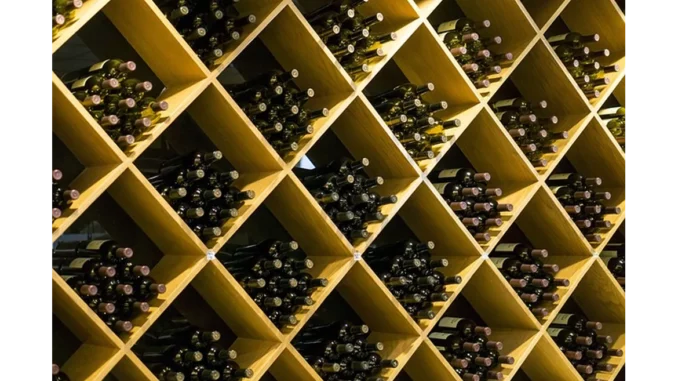
Exploring the Rich Legacy and Tasting Notes of Cabernet Sauvignon
Cabernet Sauvignon, often lauded as the “king of red wines,” holds a prestigious position in the world of viticulture. Its robust flavours and intricate character make it a favourite among wine enthusiasts and connoisseurs alike. In this article, we delve into the rich history, nuanced tasting notes, and ideal food pairings for this esteemed varietal, providing a comprehensive guide for both seasoned wine lovers and curious beginners.
A Brief History of Cabernet Sauvignon
The origins of Cabernet Sauvignon can be traced back to the 17th century in the Bordeaux region of France. This varietal is a natural cross between Cabernet Franc and Sauvignon Blanc, two other notable grape varieties. This fortuitous crossing resulted in a grape that marries the best attributes of its progenitors: the bold, tannic structure of Cabernet Franc and the refreshing acidity of Sauvignon Blanc.
Over the centuries, Cabernet Sauvignon has spread across the globe, establishing itself in nearly every wine-producing region. From the undulating hills of Napa Valley to the sun-soaked vineyards of Australia, this grape has demonstrated remarkable adaptability and resilience. Its thick-skinned grapes are resistant to disease and thrive in a variety of climates, contributing to its global popularity.
Tasting Notes: What to Expect from a Glass of Cabernet Sauvignon
Pouring a glass of Cabernet Sauvignon invites you on a sensory journey. This wine is renowned for its deep, dark hue, often described as inky or garnet. On the nose, one can expect a bouquet of blackcurrant, blackberry, and plum, intricately woven with notes of cedar, tobacco, and occasionally, a hint of green bell pepper.
On the palate, Cabernet Sauvignon is full-bodied with high tannins and moderate to high acidity. These characteristics provide the wine with its structure and aging potential. The flavours are rich and layered, dominated by dark fruit and complemented by hints of vanilla, chocolate, and sometimes a touch of mint or eucalyptus. The finish is long and lingering, leaving a lasting impression on the palate.
Food Pairings: Elevate Your Dining Experience
One of the delights of Cabernet Sauvignon is its versatility in food pairings. Its bold flavours and tannic structure make it an excellent companion to a variety of dishes. Here are some classic pairings to consider:
-
Red Meat: The high tannins in Cabernet Sauvignon are a perfect match for the rich, fatty flavours of red meat. Think ribeye steak, lamb chops, or a hearty beef stew. The wine’s acidity cuts through the fat, enhancing the overall dining experience.
-
Aged Cheeses: Hard, aged cheeses such as cheddar, gouda, and Parmesan pair beautifully with Cabernet Sauvignon. The wine’s robust flavours complement the nutty, savoury notes of the cheese.
-
Mushroom Dishes: The earthy flavours of mushrooms, whether in a risotto or a grilled portobello, harmonise well with the wine’s complex profile. The umami notes in the dish bring out the subtler nuances in the wine.
-
Dark Chocolate: For a decadent dessert pairing, try Cabernet Sauvignon with dark chocolate. The wine’s fruitiness and tannins balance the bitterness of the chocolate, creating a delightful contrast.
Mastering the Art of Cabernet Sauvignon Appreciation
Whether you’re a seasoned wine enthusiast or a curious beginner, understanding the intricacies of Cabernet Sauvignon can elevate your wine experience. From its rich history to its complex tasting notes and versatile food pairings, this varietal offers a world of exploration. So next time you pour a glass of Cabernet Sauvignon, take a moment to appreciate the craftsmanship and history behind it. Cheers to your journey through the regal world of Cabernet Sauvignon!


Be the first to comment